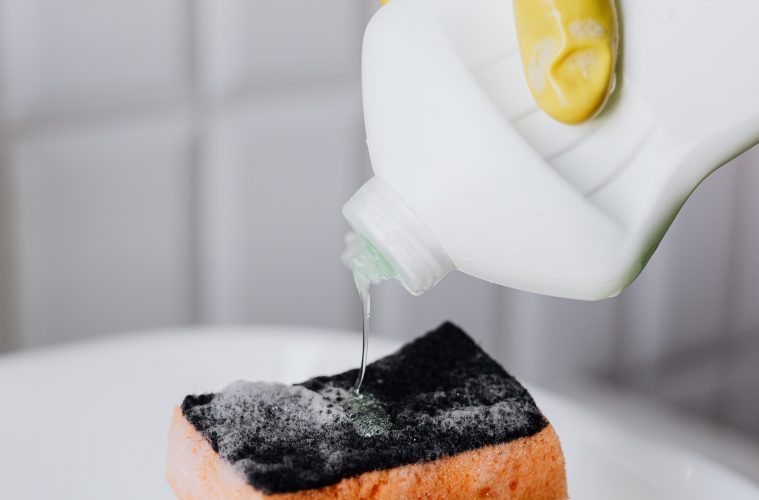A little bit of mould is harmless, right? Wrong! The fuzzy lack stuff creating across your ceiling could affect your health.
After-effects
Mould releases microscopic spores into the air, which can act as allergens, causing respiratory problems, itchy eyes, coughing, sinusitis, hay fever and skin irritation. People suffering from asthma and allergies, as well as babies, the elderly and those with compromised immune systems are more likely to become ill as a result of mould, but it can affect anyone.
Hide and seek
There are hundreds of different types, but the most common indoor mould are Penicillium, Aspergillus, Alternaria and Cladosporium. Most mould prefer warmth. However, some (such as Cladosporium) thrive in cooler temperatures. The fungus tends to hide behind curtains, cupboards, wallpaper and tiles, beneath carpets and flooring, or in ceilings. It is also fond of hanging around damp spots such as washing machines, kitchen cabinets, tumble dryers, showers and window frames. It is possible that you will smell the mould – a musty odour that greets you when you open the front door – before you actually see it.
Be gone
It’s important to clean up mould as soon as you discover it. As it spreads, more spores will be released into the air. Wearing protective clothing when tackling it (a face mask and rubber gloves) will protect you not only from the cleaning product fumes, but also from the spores that are released as you disturb the mould. Spray a commercial mould removal product and allow to stand for at least 10 minutes before rinsing thoroughly with clean water. As an alternative, use a home-made solution (one cup of bleach to nine cups water). For a more natural remedy, try spirit vinegar (four cups vinegar to one cup water) or tea tree oil (a teaspoon in a cup of water). Remove and replace materials that cannot be thoroughly cleaned, such as carpeting, insulation or drywall.
Keep out
Prevention is always better than cure. The surest way to prevent an outbreak in your home is to get rid of damp. Open windows every day and, if your bathroom doesn’t have windows, install an extractor fan. If you have high levels of humidity in your home, make use of a dehumidifier, preferably one that also acts as an air purifier. If you are repainting your kitchen or bathroom, use paint containing mould inhibitors. Stop damp coming in through the ceiling by repairing any leaks in your roof and keeping your gutters clear of leaves and debris. Unfortunately, rising damp – where moisture soaks up through the walls and floors – is more difficult to predict and prevent. According to Greg Lehman of Damp Proofing Cape Town, signs of rising damp include tide marks on the walls as high as one metre, decayed skirting, mould, flaking paint, crumbling plaster, blistering walls and a musty smell. ‘Damp-proofing works to prevent decay caused by water. Damp-proofing stops moisture from passing through walls and foundations into interior spaces,’ explains Greg. ‘By injecting chemicals and other techniques, rising damp can be stopped and remedied. Using cementitious slurry is a great method, as is using Dryzone cream and Cemproof.’ If you suspect there’s hidden mould in your home, call in a pro. They can sample the air for spores, track down the culprit and clear it away.
Mould and pets
Pets, particularly smaller animals, may be affected by mould in the home. Signs your pet may be struggling include skin rash, runny eyes, itchy ears, lethargy, wheezy breathing, lots of scratching (but no fleas) and chewing on their paws.
[Image via Pexels]


